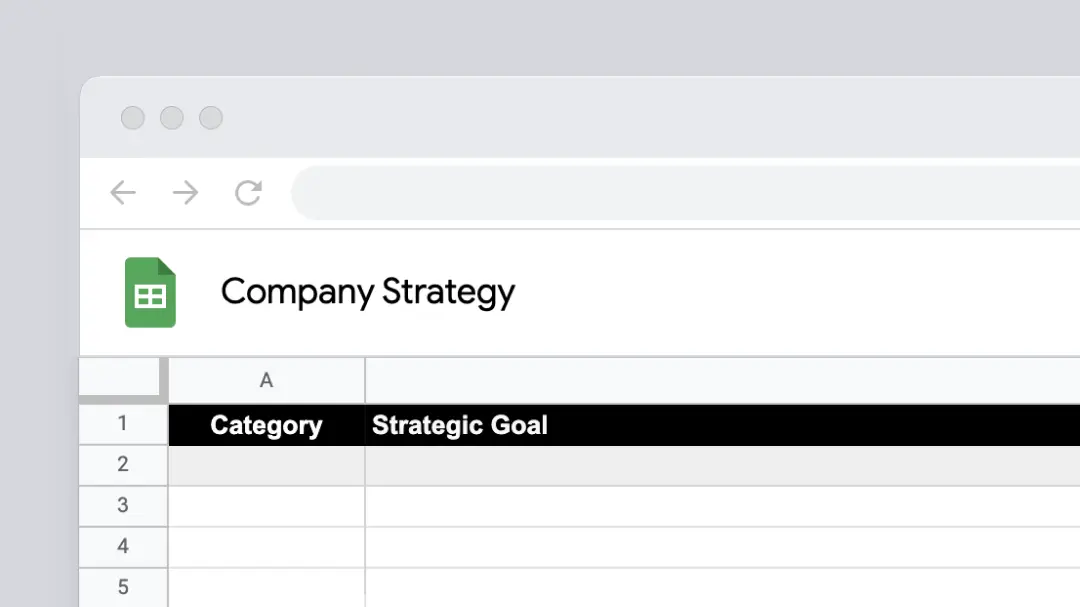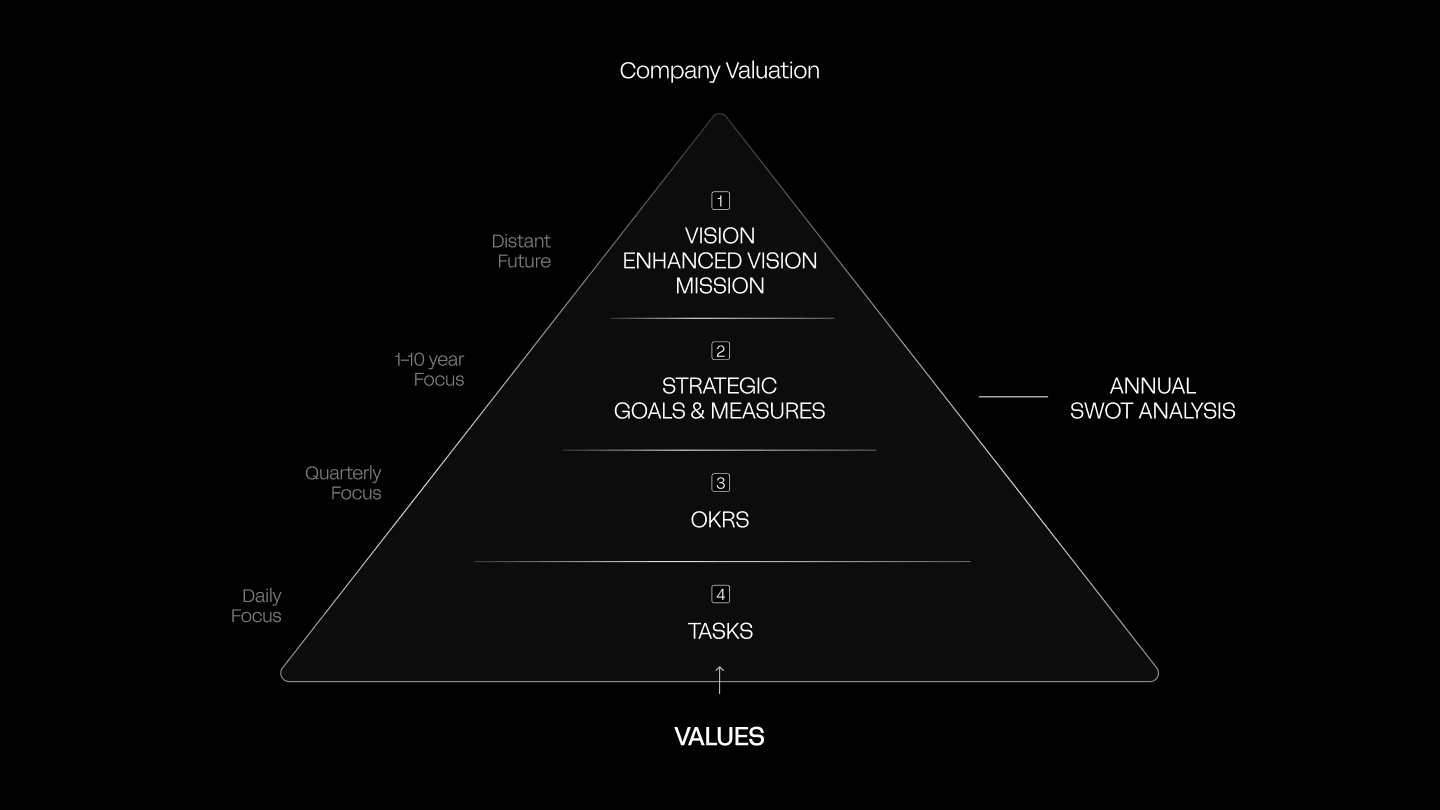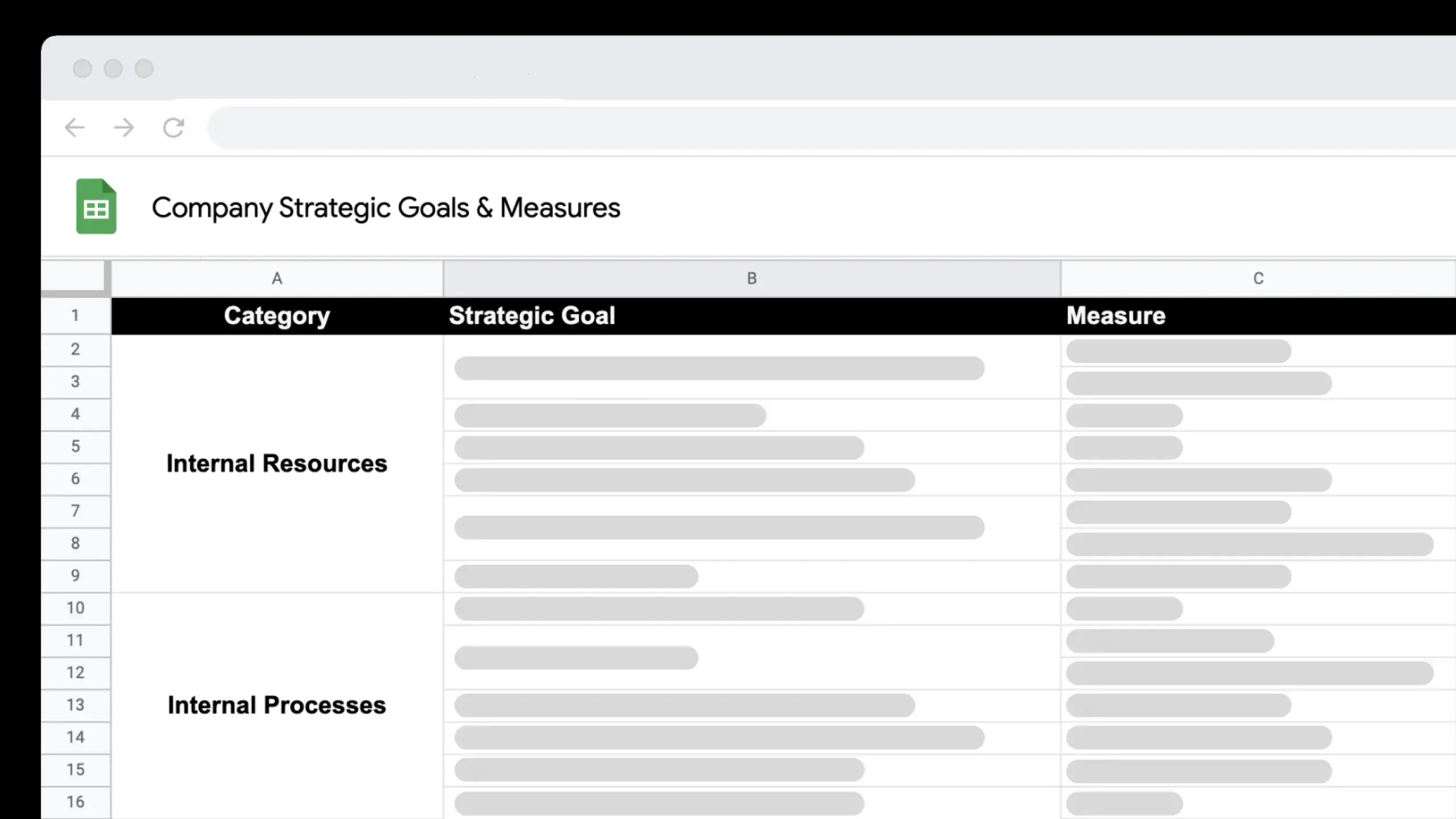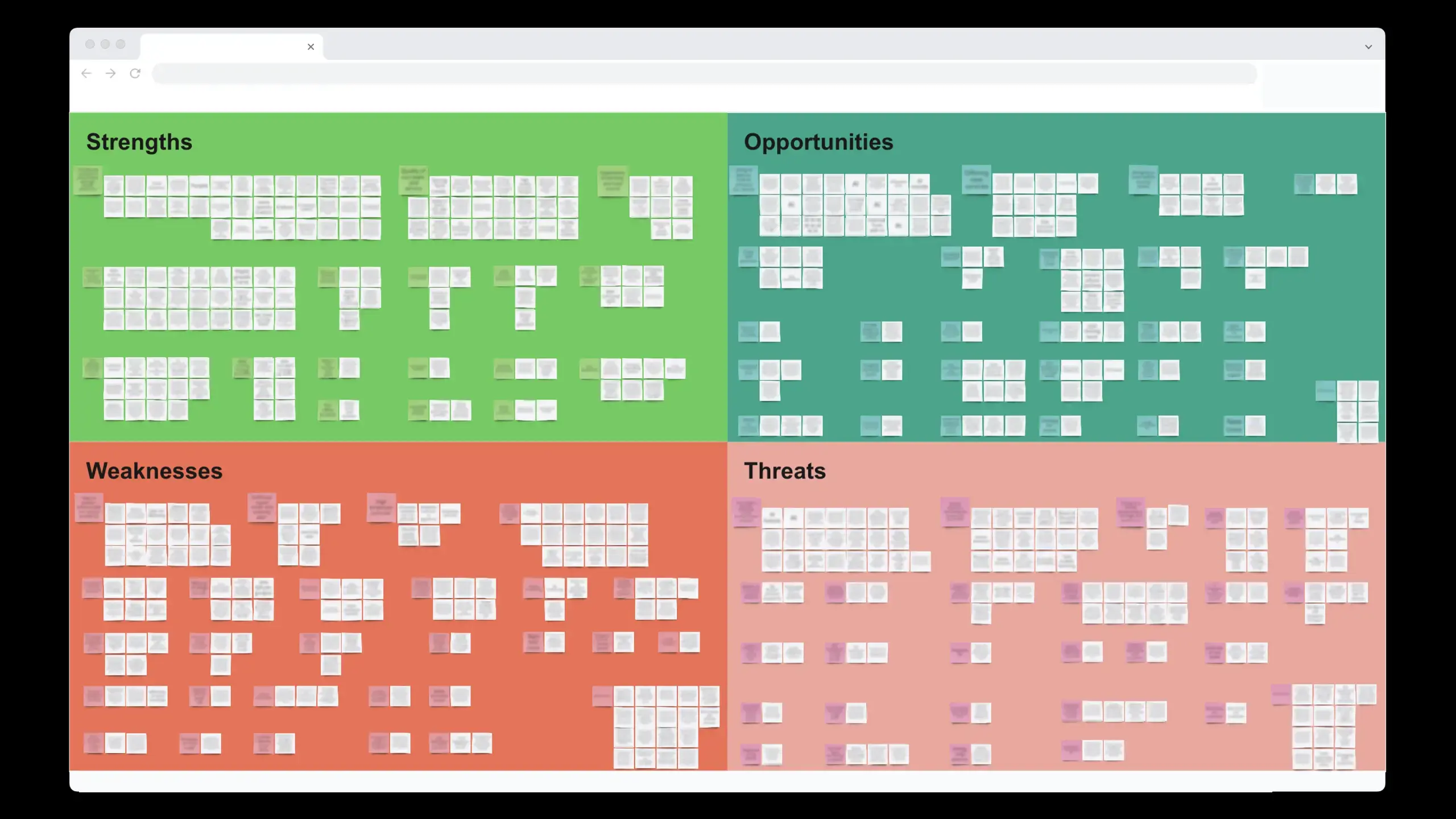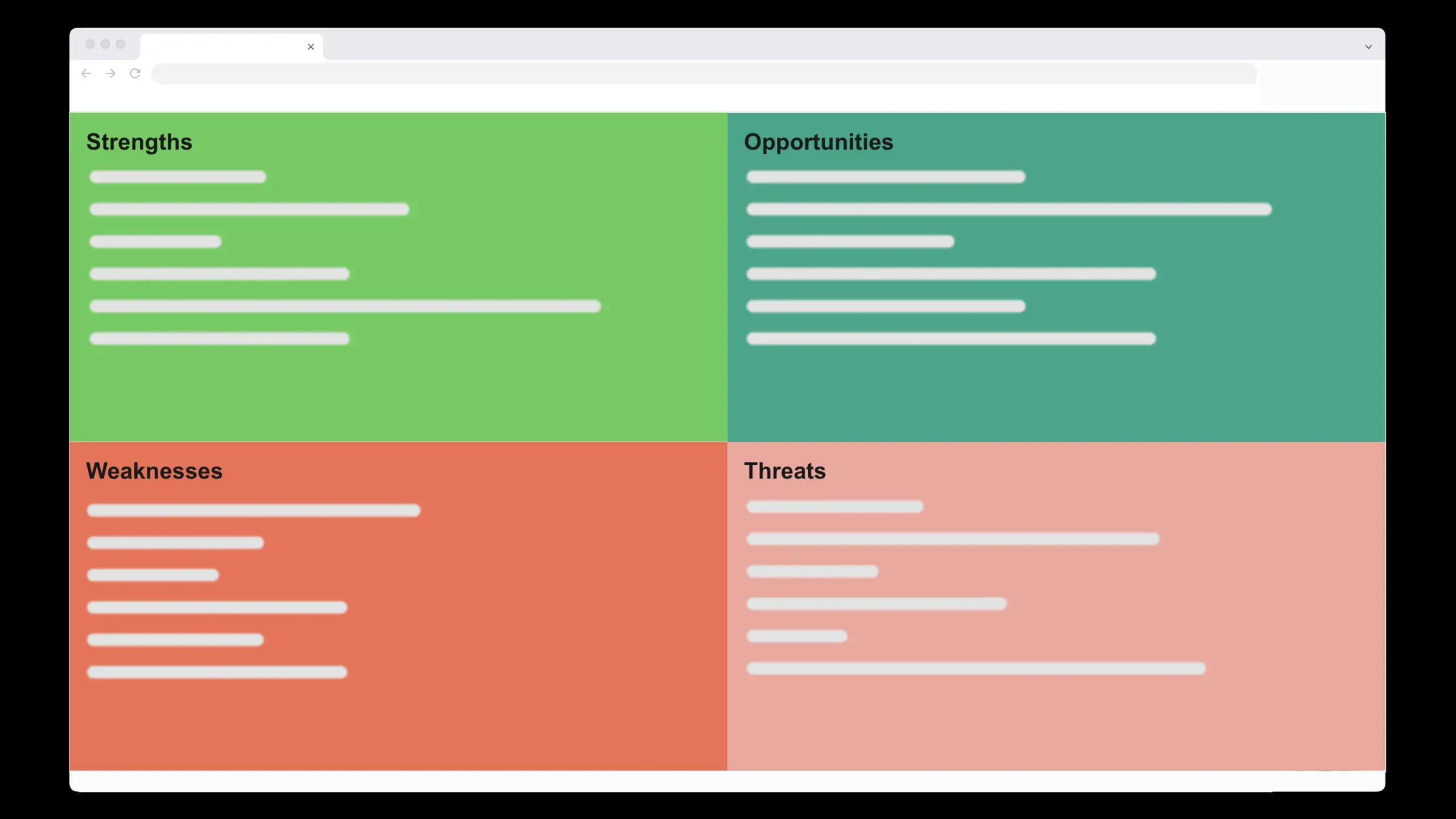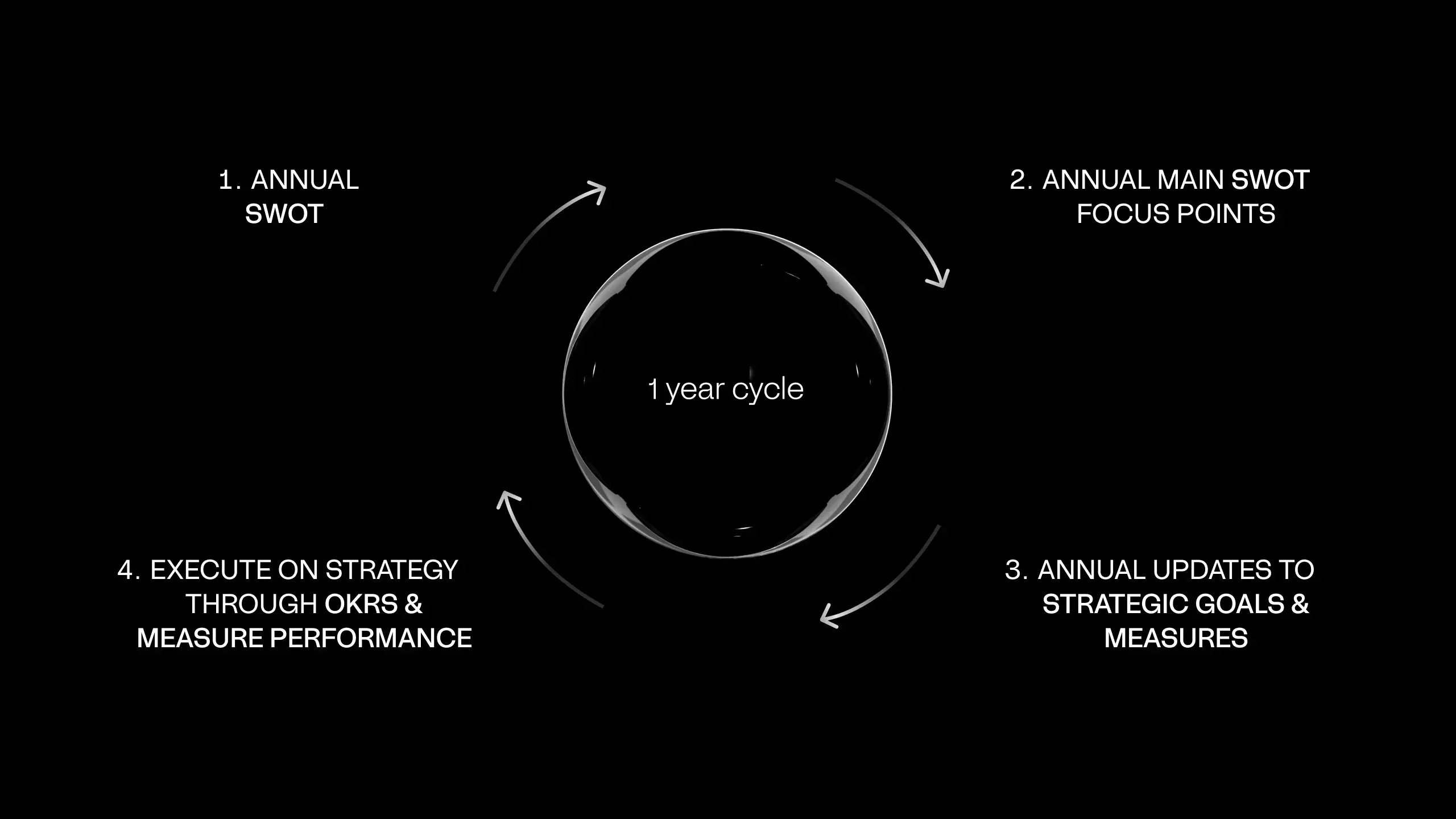How to Build and Implement a Company Strategy That Works
Running a company without a strategy is like trying to build a house without blueprints. Sure, you can start hammering away, but without structure or alignment, chaos is inevitable—and progress will stall.
Many founders (myself included) start out in hustle mode, focused on putting out fires and chasing short-term wins. But at some point, that survival instinct becomes a limiting factor. To scale, you need a shift—a strategy that turns big-picture vision into daily execution. At Roaring Infotech, this shift was a turning point in our journey from startup grind to a purpose-driven, strategically aligned organization.
Here’s how we did it—and how you can too.
From Chaos to Clarity: Why Strategy Matters
In the early years of Roaring Infotech, we were reactive. Without venture backing, every day felt like a sprint to stay afloat. My leadership team was stuck patching holes rather than building for the future. I had a vision for the company, but no framework to communicate it effectively or turn it into measurable progress.
That changed when our CFO recognized the gap. Together, we built a strategic framework tailored to our business, taking inspiration from models like OKRs and the Balanced Scorecard. The result? A company that’s more focused, mature, and aligned—without losing the entrepreneurial spark that got us here.
The Strategic Framework That Changed Everything
We built our strategy around five key components. Each one reinforces the next, creating a full-circle system for turning vision into everyday impact.
1. Vision, Enhanced Vision & Mission
We began by aligning our leadership team on three foundational statements:
- ✔️ Vision – Where we want to be long-term.
- ✔️ Enhanced Vision – Guiding principles that flesh out that future state.
- ✔️ Mission – The purpose that drives our day-to-day.
These aren’t just statements — we use them as a North Star to guide decisions and evaluate progress.
💡 Pro Tip: Craft these collaboratively with your leadership team. A shared vision is far more powerful than one handed down from the top.
2. Strategic Goals & Measures
Once our guiding statements were in place, we defined the goals that would bring them to life. We categorized them into four areas:
- ✔️ Internal Resources – Our people, tools, and capabilities.
- ✔️ Internal Processes – How we operate and deliver value.
- ✔️ External Relationships – How we impact our clients and partners.
- ✔️ Financial Performance – The outcomes that reflect our overall health.
Each goal connects to one or more enhanced vision principles and includes clear success measures—like targets, timelines, and accountable owners.
This structure helped us look beyond financial KPIs and track performance signals earlier in the pipeline. By monitoring things like team engagement and process efficiency, we could course-correct before problems hit the bottom line.
3. Annual Company-Wide SWOT & Strategy Day
Every year, we hit pause for a company-wide strategy day. Everyone participates in a structured SWOT analysis, evaluating our internal strengths and weaknesses, as well as external opportunities and threats.
This bottom-up approach keeps our strategy grounded in reality and aligned with the people executing it. Our leadership team then refines the strategy based on the SWOT results, updates goals where necessary, and shares the revised framework with the company.
💡 Pro Tip: Make this an open and inclusive process. It builds buy-in and surfaces insights leadership might miss.
4. Quarterly OKRs (Objectives & Key Results)
To connect long-term goals to short-term execution, we implement quarterly OKRs. Each company objective supports a strategic goal, and each department sets its own OKRs that ladder up to the company-level focus.
Our process:
- ✔️ Leadership drafts company OKRs.
- ✔️ Department heads align their teams around connected goals.
- ✔️ We refine and finalize OKRs, ensuring alignment across all levels.
This method keeps everyone focused on what matters most—and gives teams a sense of ownership in achieving big-picture outcomes.
5. Values as the Cultural Backbone
Beneath it all lies our culture, held up by five core values created collaboratively by our team. These aren’t just words on a slide—they’re behaviors we hold each other accountable to every day.
Values are the glue. They ensure that as the company evolves, we remain aligned not just on what we do, but how we do it.
The Real Work Begins After the Strategy Is Set
Setting a strategy is the easy part. Maintaining it? That’s where the leadership muscle comes in. Keeping your framework alive requires:
- ✔️ Consistency – Revisit and update regularly.
- ✔️ Transparency – Make goals and progress visible.
- ✔️ Priority – Strategy must be at the top of every leader’s agenda.
But when done well, the payoff is massive. Our framework transformed Roaring Infotech from a scrappy startup into a mission-driven business with clear focus and collective momentum.
Final Thoughts
Every company is unique, and your framework should reflect your team, your structure, and your goals. But one thing is universal: strategy is essential. Without it, growth is reactive. With it, progress becomes intentional.
If you’re feeling stuck in the weeds or unsure how to scale your company’s vision, maybe it’s time to build your own blueprint.
And if you ever want to talk through what that could look like, I’m always happy to chat.


